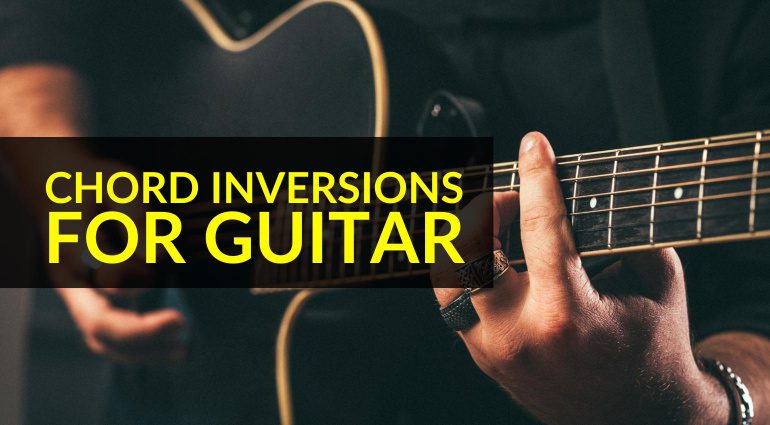Chord Inversions for Guitar: Adding Sophistication to Your Playing
The easiest way to transform your chord work
Chord inversions will take your guitar-playing skills up to 11. Have you ever wondered how to make sweet-sounding chord progressions? Look no further…
Chord Inversions for Guitar: Adding Sophistication to Your Playing
Okay, so we all love rocking out to our favourite tracks. Don’t get me wrong, I love smashing the pentatonic scale as much as anyone. Who wouldn’t? However, there is more to playing guitar than just quick rock riffs.
Even if you’re a beginner, think of chord inversions as the cheat code that you’ve been searching for. Are you looking to impress your friends or colleagues? Moreover, these skills could make you think differently when composing or writing your music.
Firstly, we need to understand what they are. From here, you can start to use chord inversions just about anywhere. Whether it’s elevating your jam sessions or recording your next single, let’s see how these chords can work for you.
What are Chord Inversions?
How can we make a normal chord? Typically, you’d take a route note, add a major 3rd, and bolt on a perfect 5th for good measure. This gives a major chord. For minor chords, you would flatten the 3rd note of the scale, thus changing that respective note to a minor 3rd.
We’ve all seen and played a regular C major chord before; 3rd fret of the A string, 2nd fret on the D string, 1st fret on the B string and a couple of open strings also. Comprising of the aforementioned route, 3rd and 5th.
Chord inversions are where we change the order of those notes. We’d still have the required notes for a chord, but by changing the order, we allow for a different sound without creating dissonance. Across the neck, there are many different inversions, here are just some of the possibilities:

Minor 7ths
Secondly, we’re going to look at minor 7th chords. Inversions stretch further than mixing up the order of notes within a chord. Here’s where things start to get jazzy.
Unlike your regular inversions, minor 7ths are added to existing chords to create a different sound. Where inversions tend to use different octaves, minor 7ths are different notes from the scale entirely. Overall, they have a sad and jazzy-like quality, sounding unresolved.
Let’s take the humble Em chord. Arguably, one of the easiest open chords that you can play. However, if we add a D note into the mix, we end up with an Em7. Why? Because D is the 7th note within the Em scale. There are various ways we can play Em7 across the fretboard.
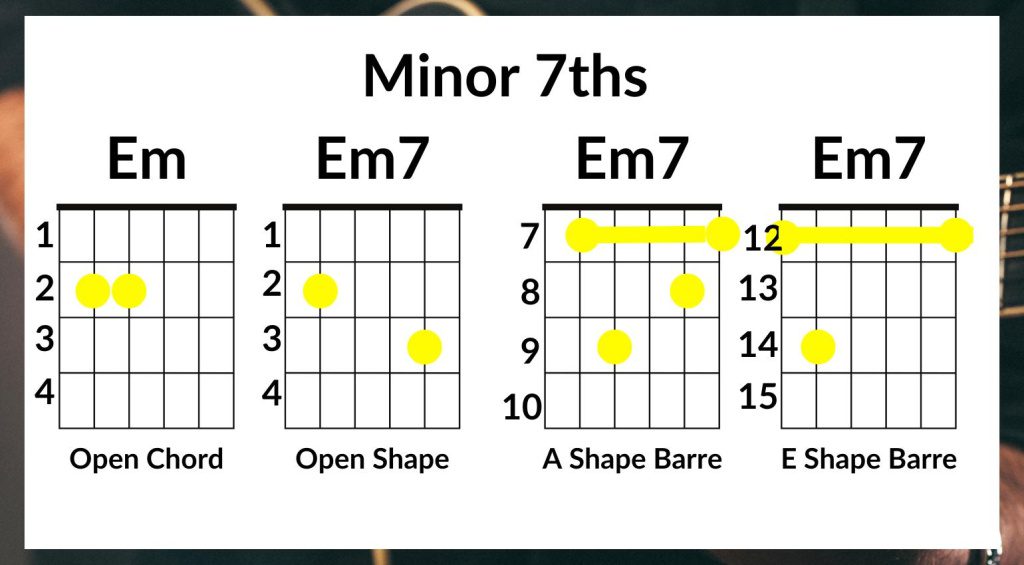
Major 7ths
In music, we need a bit of contrast. So, let’s take a look at major 7th chords. Similarly, you can play open chord variations of some 7th chords. However, a good understanding of barre chords would be useful.
This next chord inversion differs from the minor 7th. Here, we’ll be adding the 7th note of a chord’s respective major scale. Therefore, to play a Cmaj7 chord, we would add a B note. This is the 7th note of the C major scale.
Likewise, there are loads of ways to play this new Cmaj7 chord. Thanks to chord inversions. Major 7th chords often sound majestic and complete. They’re a great way to end a musical idea or phrase.

How do they sound?
Chord inversions have various sounds and uses. Whether you’re looking at playing a jazz piece or something heavier, there will be appropriate applications.
Let’s look at an easy way that you can get to grips with chord inversions. Doing All Right (…Revisited) by Queen featured heavily in the 2018 biopic film, Bohemian Rhapsody. The opening bars of the song feature some of the chords that we’ve been looking at.
Which chords specifically? Well, Brian May uses a beautiful blend of E major to F#m7, Emaj7 and then back to Fm7. The Emaj7 chords makes the progression sound resolved and provides a dreamy feel.
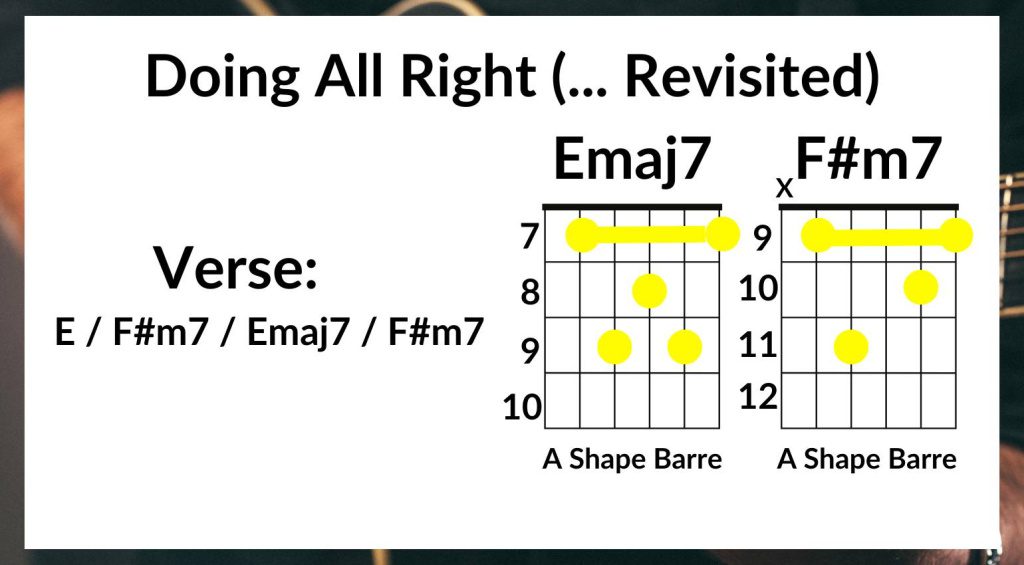
Aside from using some swanky new chords, you can get even closer to Brian May’s sound thanks to this *AmPlug2 from Vox. A whole AC30 in your headphones?

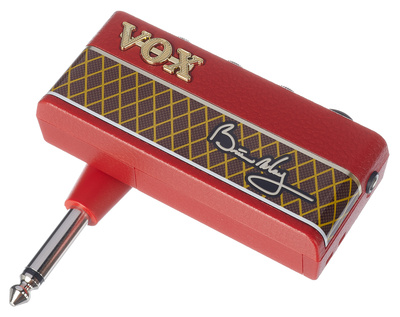
Chord Inversions – Suspended Chords
Our look at inversions also stretches as far as suspended chords. Equally, they’re all about adding or removing certain notes from a chord. Remember, a basic chord consists of a route, 3rd and a 5th. 7ths and suspended chords, along with inversions, just switch things up a bit.
Otherwise known as sus chords, suspended chords tend to replace the major 3rd with either a perfect 4th or major 2nd. Overall, making a huge difference in how the chord sounds.
Whether you use a major 2nd or perfect 4th depicts which chord you’re changing to. Adding a major 2nd? Well, you’ve now got a sus2 chord. Likewise, with the perfect 4th, you’d end up with a sus4 chord.
Crazy Little Thing Called Love – Sus4
Coincidently, we’re looking at another song by Queen to help illustrate certain chord inversions.
On this occasion, the opening riff consists of a D major chord, followed by a Dsus2. Playing these together created one of the most iconic rockabilly revival sounds ever.
Although this riff is played on an acoustic guitar, *Harley Benton offers this BM-75 Trans Red Deluxe. Not quite the real thing, but this red special replica will sound great when you’re practising Queen licks and riffs.

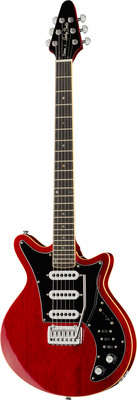
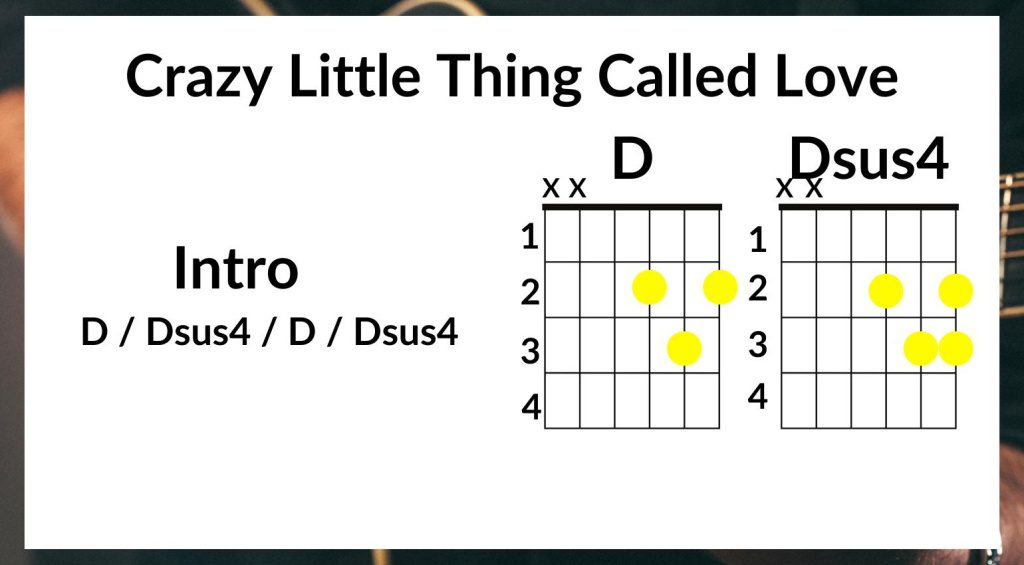
Summer Of ’69 – Sus2
Finally, let’s check out this classic from Bryan Adams. Comprising of both sus2 and sus4 chords.
Again, the use of these chord inversions helps to create a nostalgic feel within the music. Adding an extra layer compared to regular chords.
On this occasion, we can hear an arpeggiated picking pattern, ranging from Dsus2, D, Dsus4 and Asus2, A and Asus4. Featured in the bridge, it makes a nice change from the verse as it uses the same chords, with the added chord inversions.
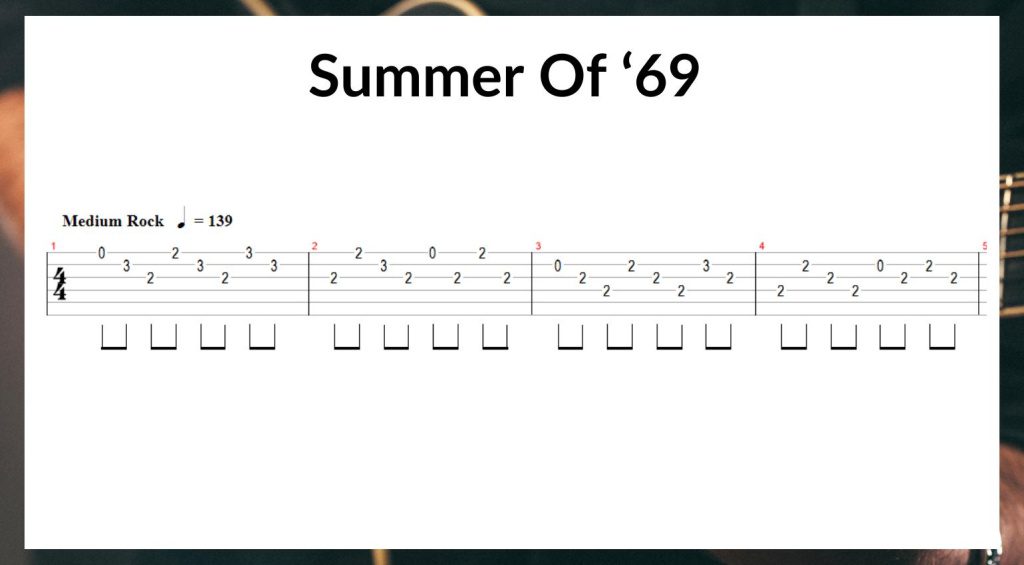
Chord Inversions for Guitar: Sweet Sweet Sounds?
There we have it! A look into various inversions across the fretboard. Hopefully, next time you want to write a chord progression, you’ll have some extra ideas of what chords to use. Furthermore, you may be able to squeeze in a couple of 7th chords at your next gig!
Videos:
Further Information:
*This post contains affiliate links and widgets. When you buy a product via our affiliate partner, we receive a small commission that helps support what we do. Don’t worry, you pay the same price. Thanks for your support!
 4,2 / 5,0 |
4,2 / 5,0 | 